Memphis native Natalie Lieberman is an award-winning interior designer who specializes in restaurant design and “adaptive reuse,” or essentially preserving the city’s unique character and authenticity by breathing new life into neglected historic buildings. Her years in the restaurant industry give her a unique and invaluable perspective on the functional needs of hospitality design, while her experience designing restaurants for one of the most highly respected architectural and interior design firms in Atlanta took her restaurant design expertise to the next level, winning her an Adaptive Reuse Award from the Atlanta Urban Design Commission for Ecco. She has brought her rich design experience back to her Memphis hometown, offering interior design and creative consulting services through her design studio, Collect + Curate. We asked Natalie to describe her design approach, tell us how adaptive reuse is revitalizing Memphis and give us a glimpse of her work. We hope you enjoy!

What is your design aesthetic, and how do you translate that to a client’s interiors?
I definitely lean on the modern side when it comes to details. I love living finishes that change over time, like unlacquered brass, honed natural stone or any surfaces with patina. I’m all about texture.
What is “adaptive reuse,” and why are you so passionate about it?
Adaptive reuse is adapting spaces or buildings for a purpose other than was originally intended. These are passion projects of mine because they are environmentally conscious and preserve the soul of a city. Part of what is so charming about Europe to people is the old buildings and finishes – not everything was razed to build new. It also gives a space instant life and a story. I swoon over spaces with a past.
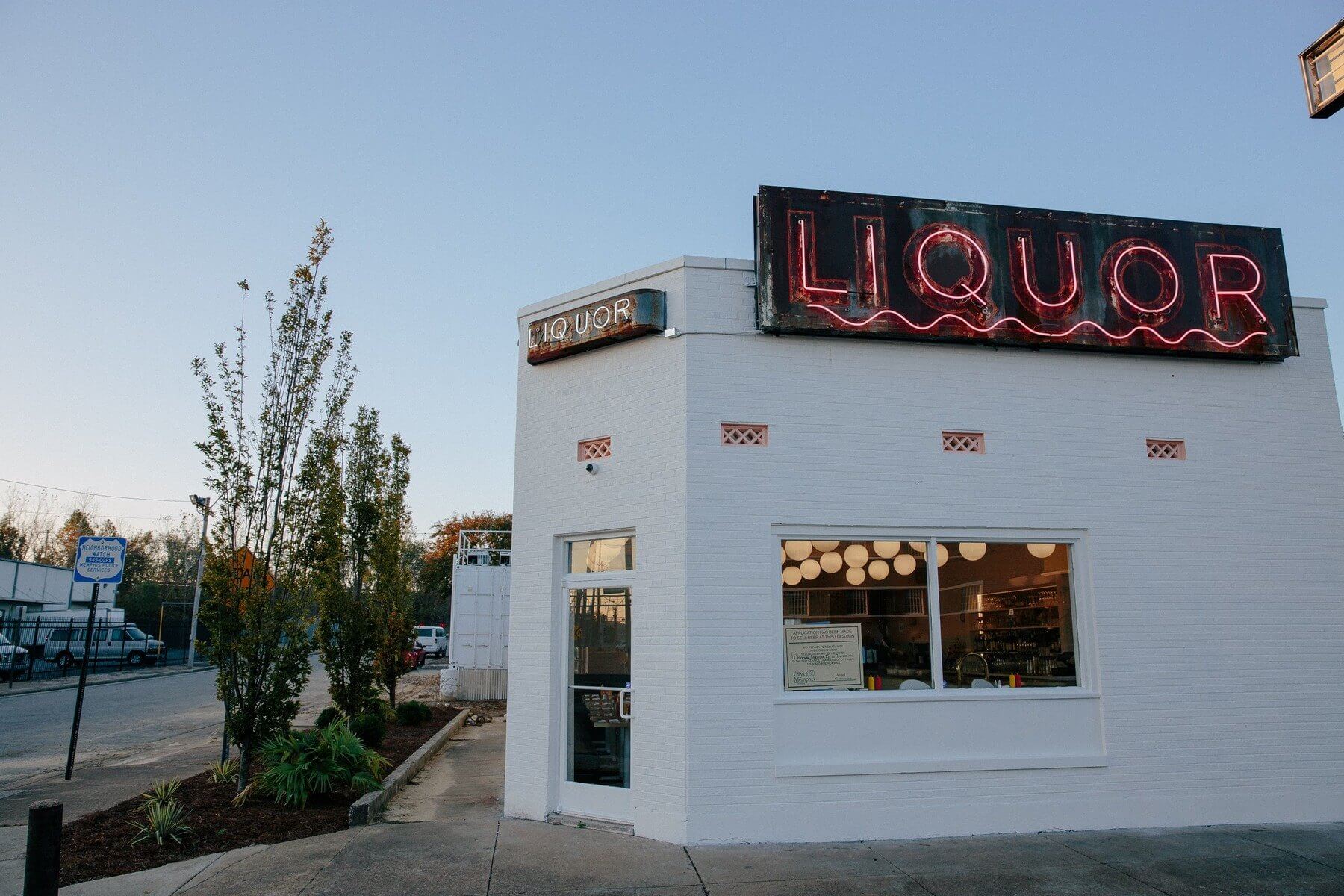
RELATED: The Liquor Store: Where Vintage Diner Meets Latin Flavor

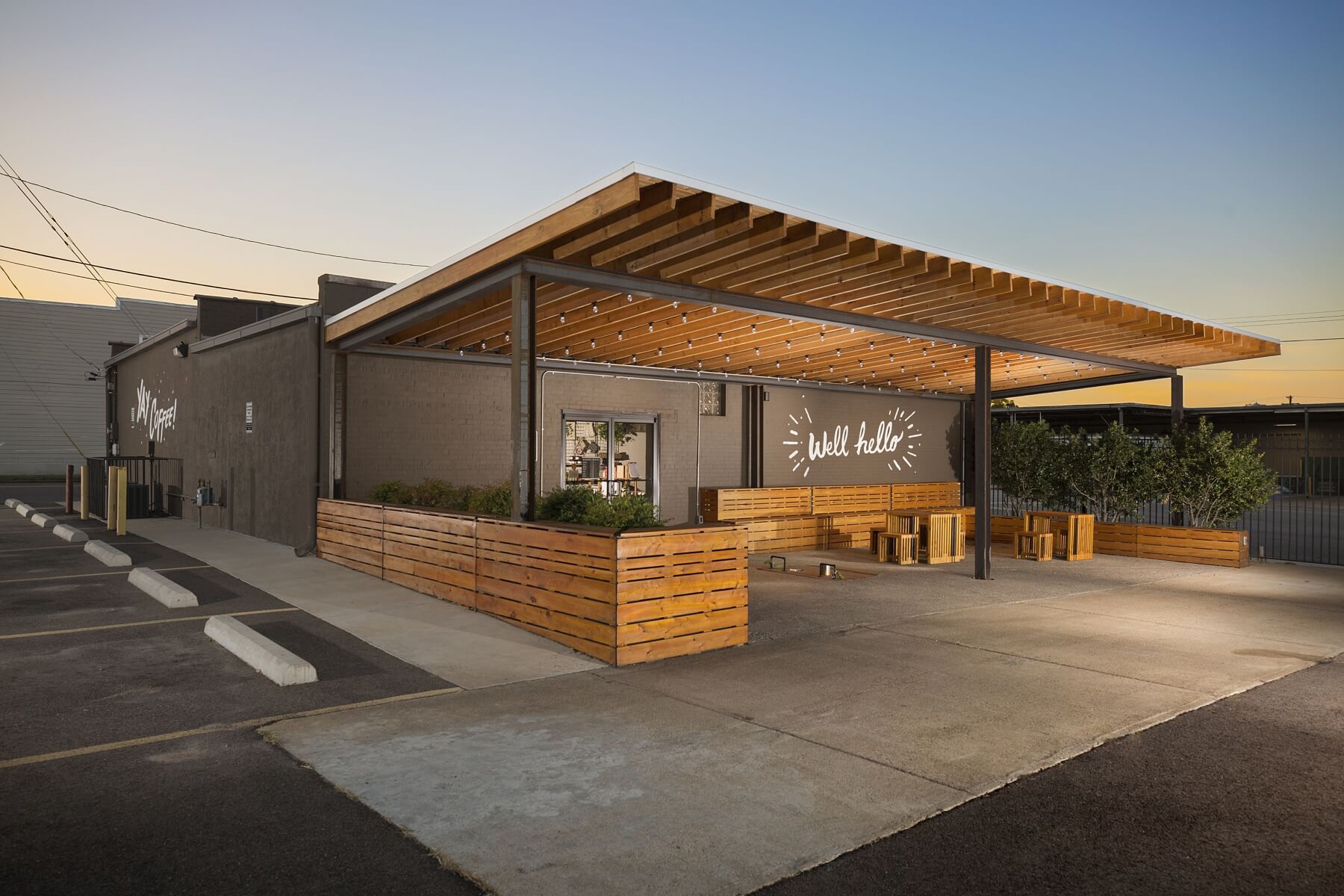
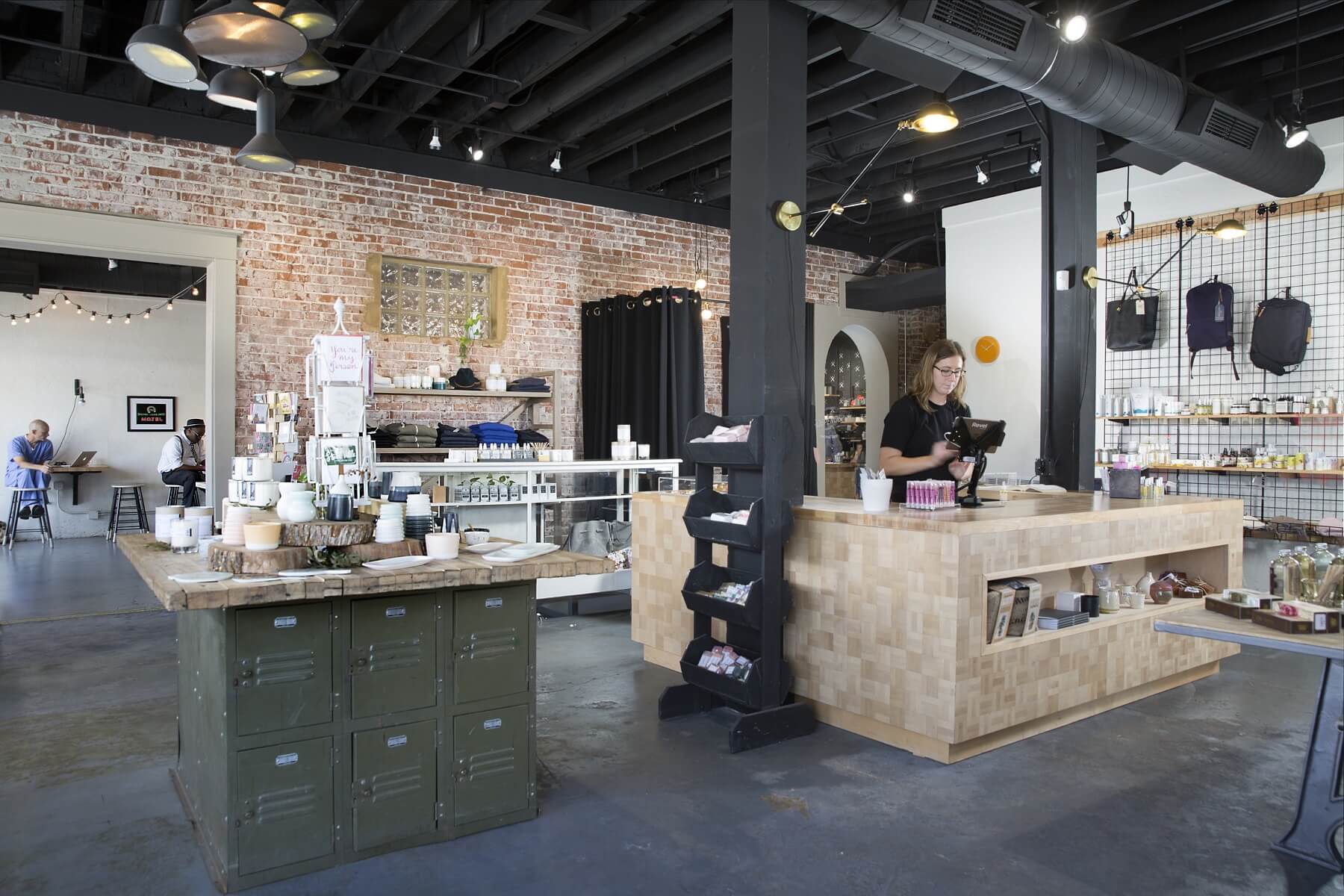
Why specifically restaurant design? What drew you to become the restaurant-designing maven you are today?
It’s because I love food and wine so much — only half-joking here! My passion for restaurant and hospitality spaces stems from a few different things. First, I grew up in a family of consummate hosts. Entertaining is an art, and I absolutely love it. Also, I started working in restaurants at 15 and wore every restaurant hat there is. I basically transitioned from restaurant worker to interior designer. A job opened up in Atlanta with one of the most highly respected architectural and interior design firms – one that designs some of the most well-known restaurants in the country. I was lucky enough to work for them for a decade and, coupled with my operational knowledge, honed the craft of restaurant design. My experience is really 25 years in the making.
Are there any trends you’re loving at the moment and, alternately, any timeless aspects of design that you cling to?
The dark, moody greens and blues of the moment feel so fresh after years of all-white interiors. I think I cling to all the timeless styles, finishes and details. Cement tile, white oak and marble aren’t trendy. Finishes like these only get better with age.
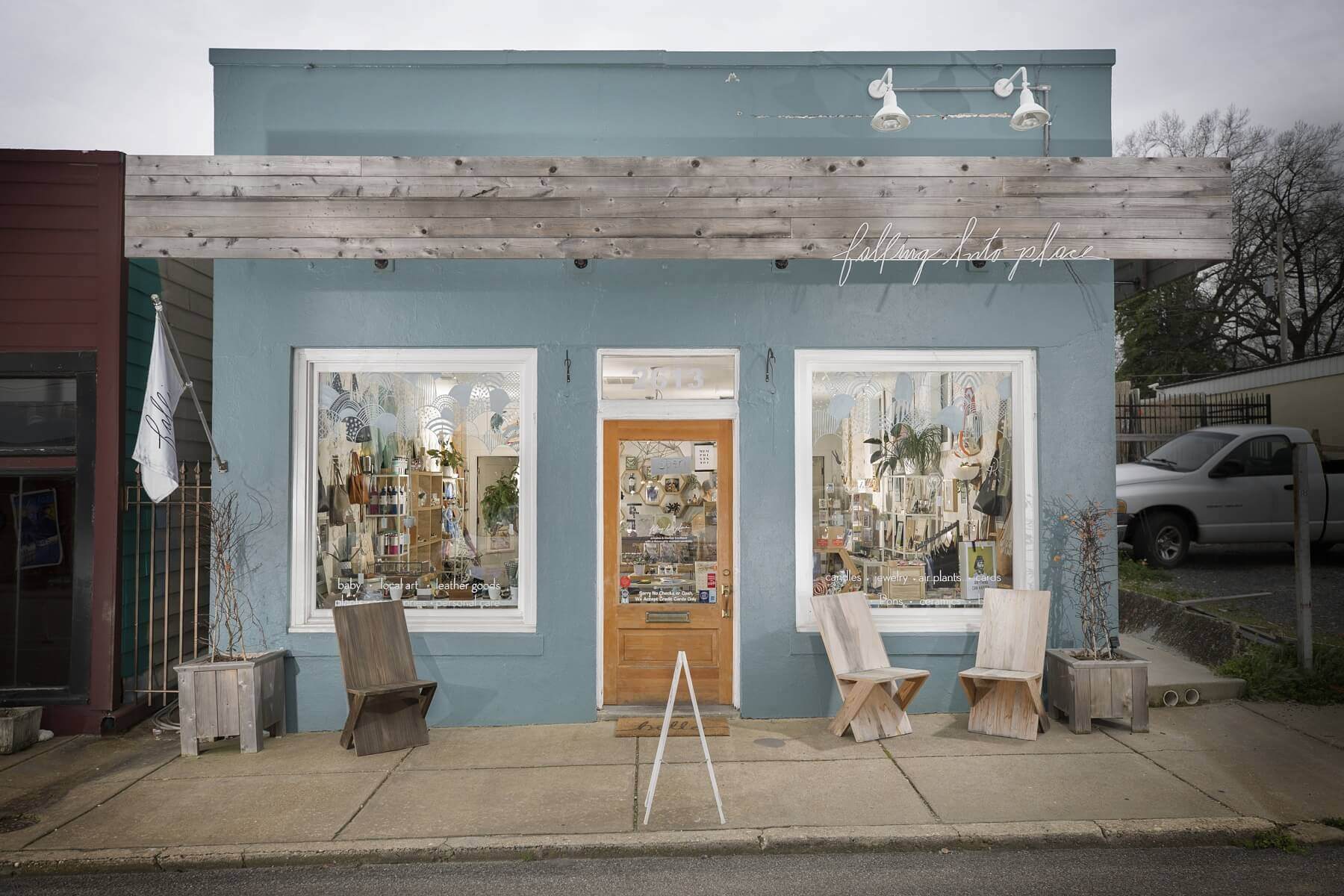
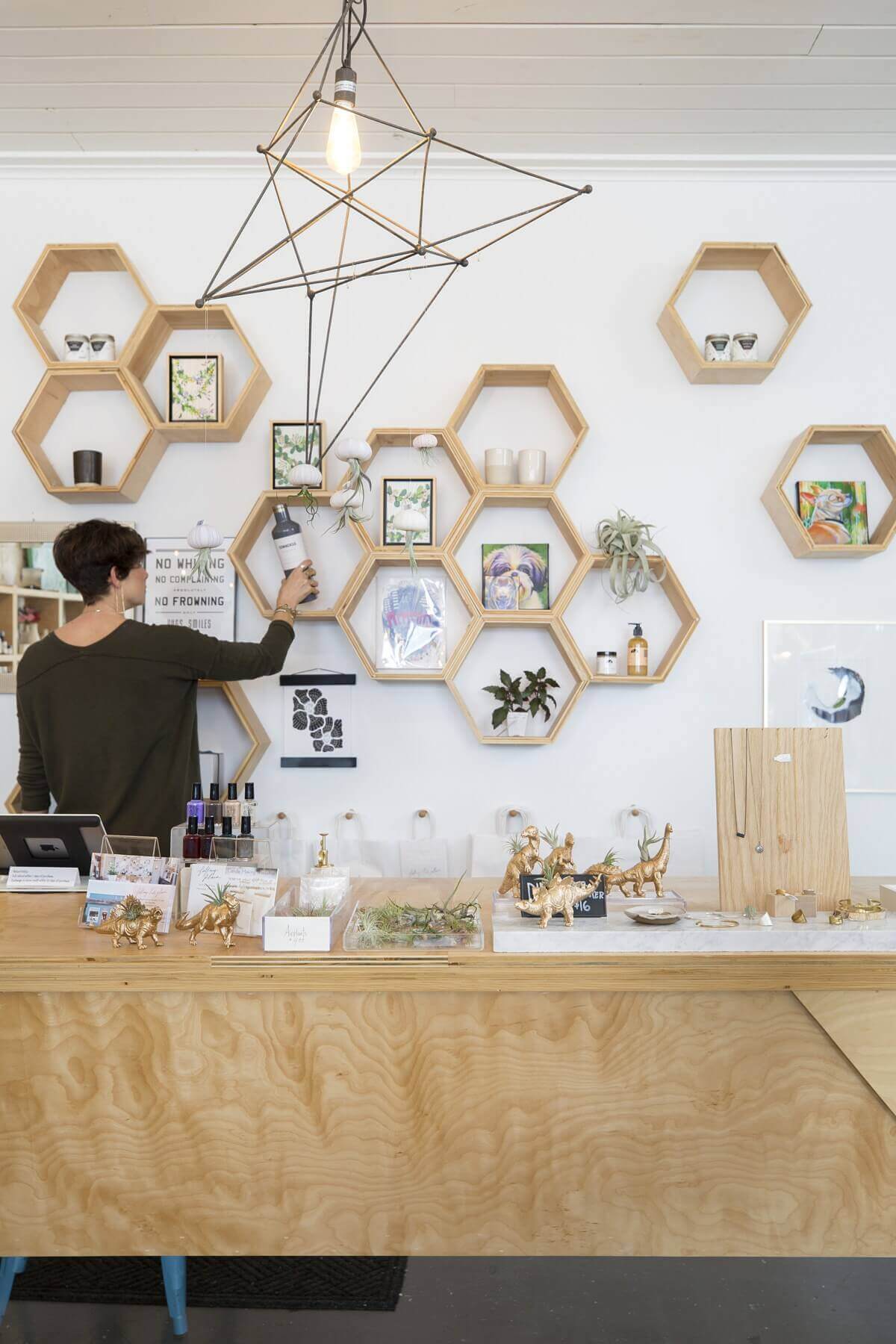

RELATED: 9 Healthy Memphis Restaurants + 1 Food Truck with Guilt-Free Eats

What has been your most challenging project to date and why?
I can’t think of one easy project! Every single one has been a transformation of the space into something totally unique, but if I had to pick one I would say Propcellar. The building was a total nightmare when we got our hands on it, and it’s huge at 10,000 square feet. It was also the first project I designed after moving back to Memphis, so I was very limited on local sources. Thankfully the client was invested in making it a transformative project.
What brings you the most professional joy?
A beautifully finished, functional space and a happy client.
How does Memphis’ design scene differ from the rest of the country?
Memphis appreciates authenticity. And speaking of adaptive reuse, the massive revitalization happening and the emerging design scene are raising the bar for design in our city.
!["Every single [project] has been a transformation of the space into something totally unique, but if I had to pick one I would say Propcellar," says Natalie of her most challenging project thus far. "The building was a total nightmare when we got our hands on it, and it’s huge at 10,000 square feet. Thankfully the client was invested in making it a transformative project." Image: Nathan W. Berry Natalie Lieberman](https://styleblueprint.com/wp-content/uploads/2018/04/nwbPropcellar0101.jpg)

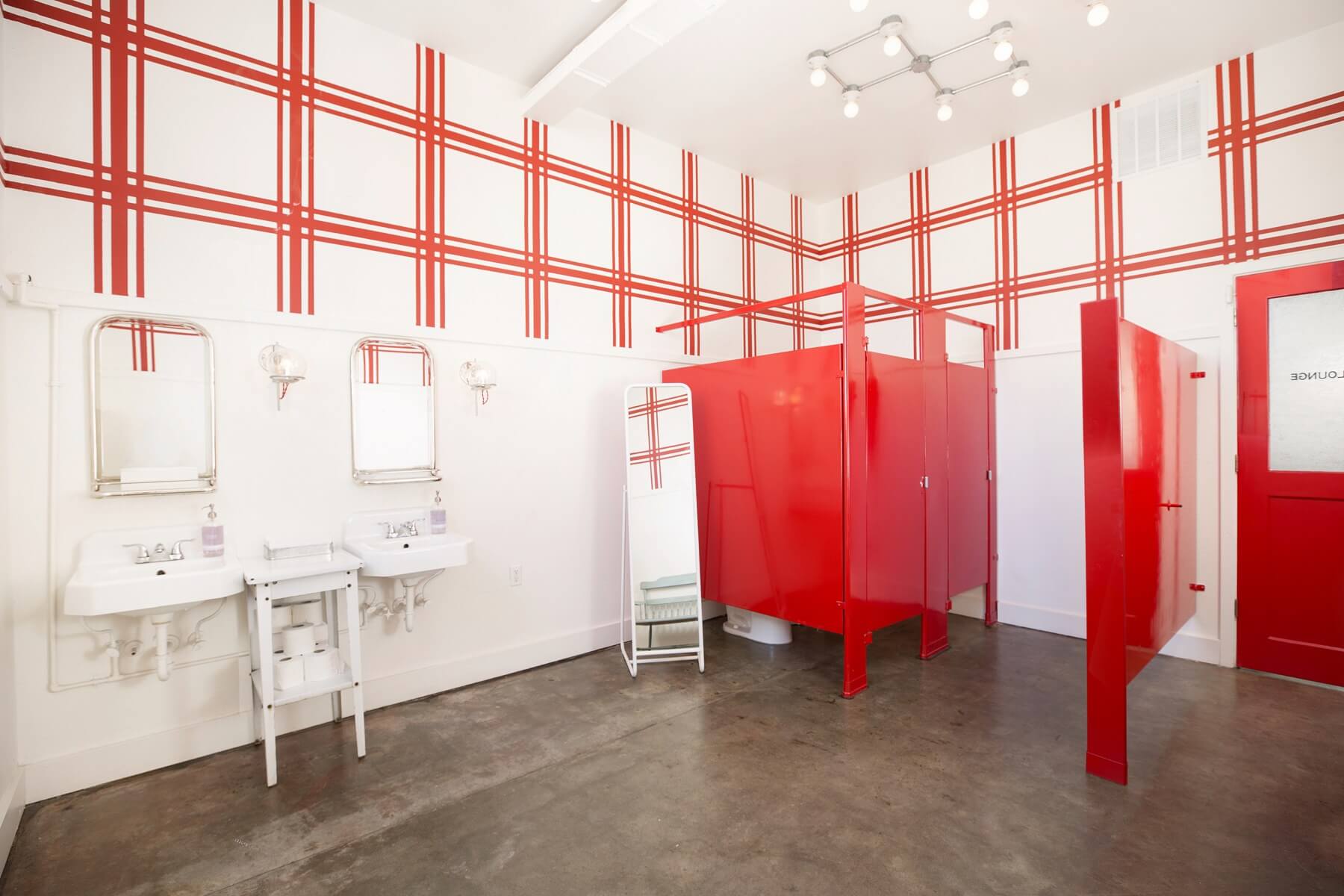
Where do you get your inspiration?
I’m constantly inspired by a client’s journey or the story the space wants to tell.
Who have been your industry mentors and role models and why?
Ian Schrager because he is an industry leader — look him up if you love design! When I was in design school, I visited the Delano Hotel in South Beach and was blown away that someone got to create that cool, sexy space. I decided I wanted to design hospitality spaces during that trip. Kelly Wearstler because she is by far one of the most creative designers working today, and she continually inspires me with her use of materials. Finally, Bill Johnson was my mentor for a decade while working in Atlanta. He taught me more about the process of design than what I learned in school and exposed me to so much creative design, product and culture. Every five years, he would take our entire firm and guests on an inspiration trip. The last trip I took with the firm was to Hong Kong. Those experiences were priceless.
Share one designer secret with us regular folk.
Think of your space cohesively and repeat finishes and colors. You want your space to flow from one room to the next.
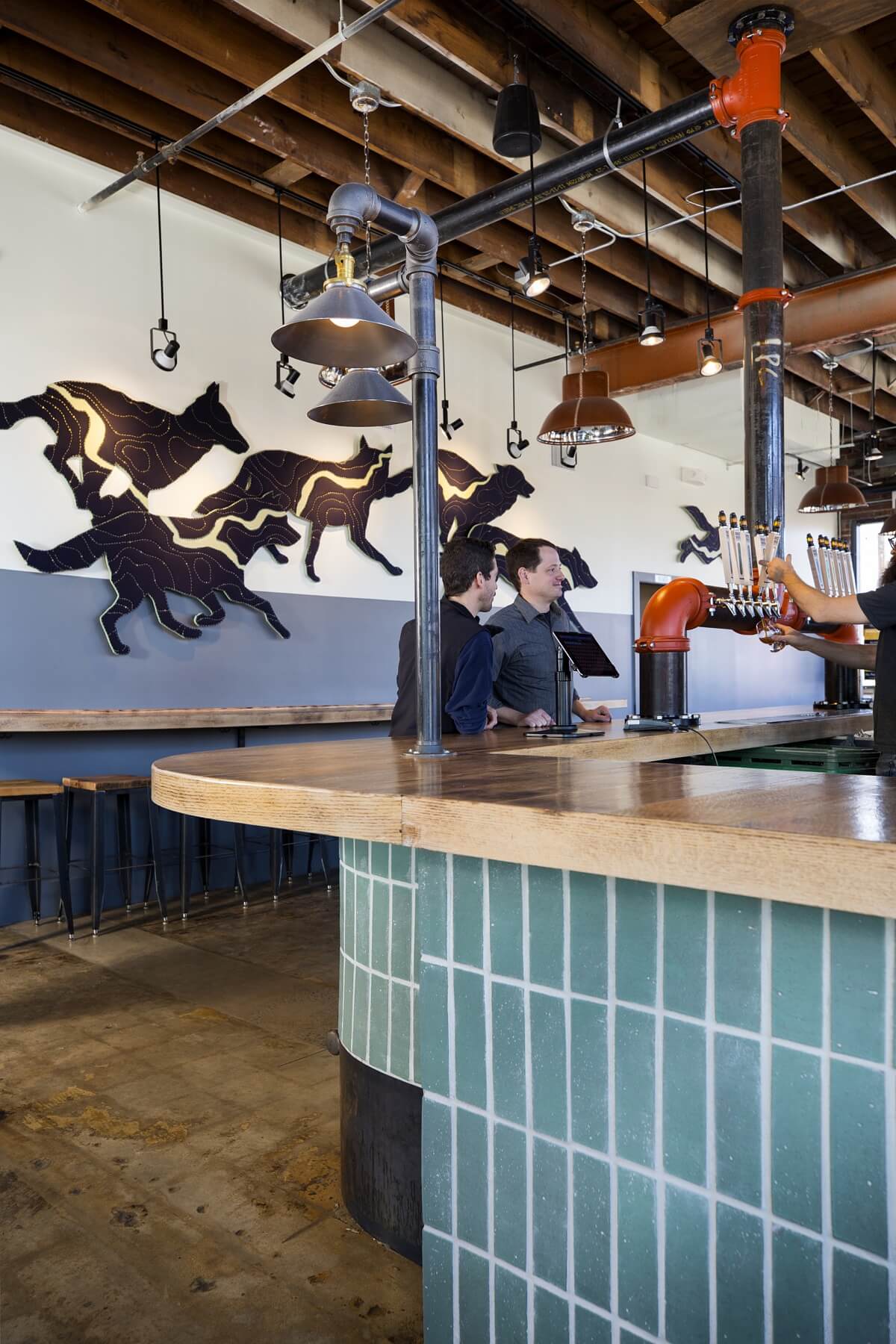
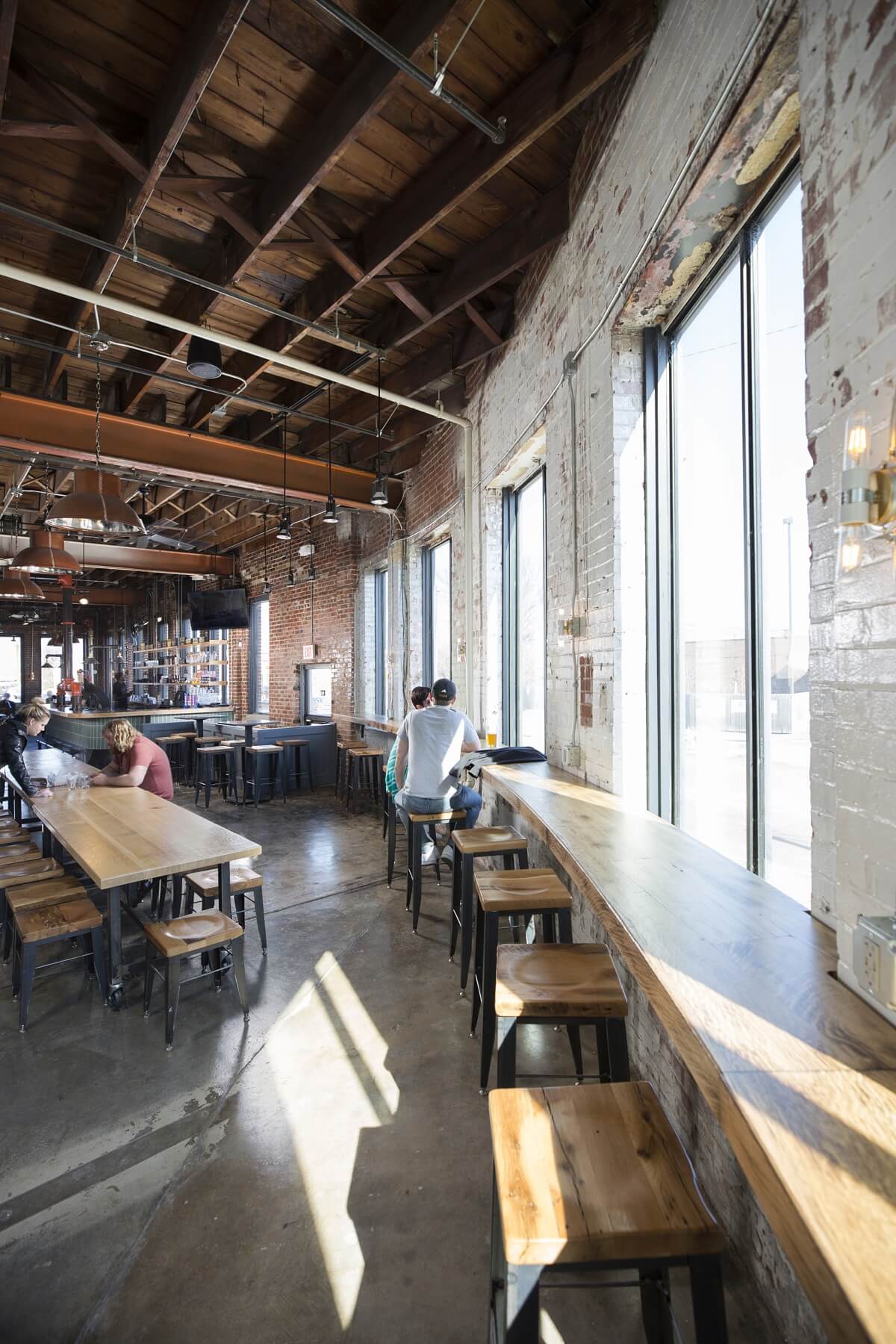
What are your predictions for interior design in the next 10 to 15 years?
I think we will see more environmentally conscious design. I hope more designers and clients will use timeless, durable finishes and fixtures so we’re not entirely gutting spaces that are only 10 or 15 years old.
If you could squeeze your design philosophy into five words, what would they be?
How about four words: Buy better, not more.
Thank you, Natalie, for sharing your insights, inspirations and images from your impressively diverse design portfolio. To contact Natalie Lieberman of Collect + Curate, visit collectandcuratestudio.com.
**********
See who else we’re crushing on in our interior design archives. Click here and enjoy a look around!



















